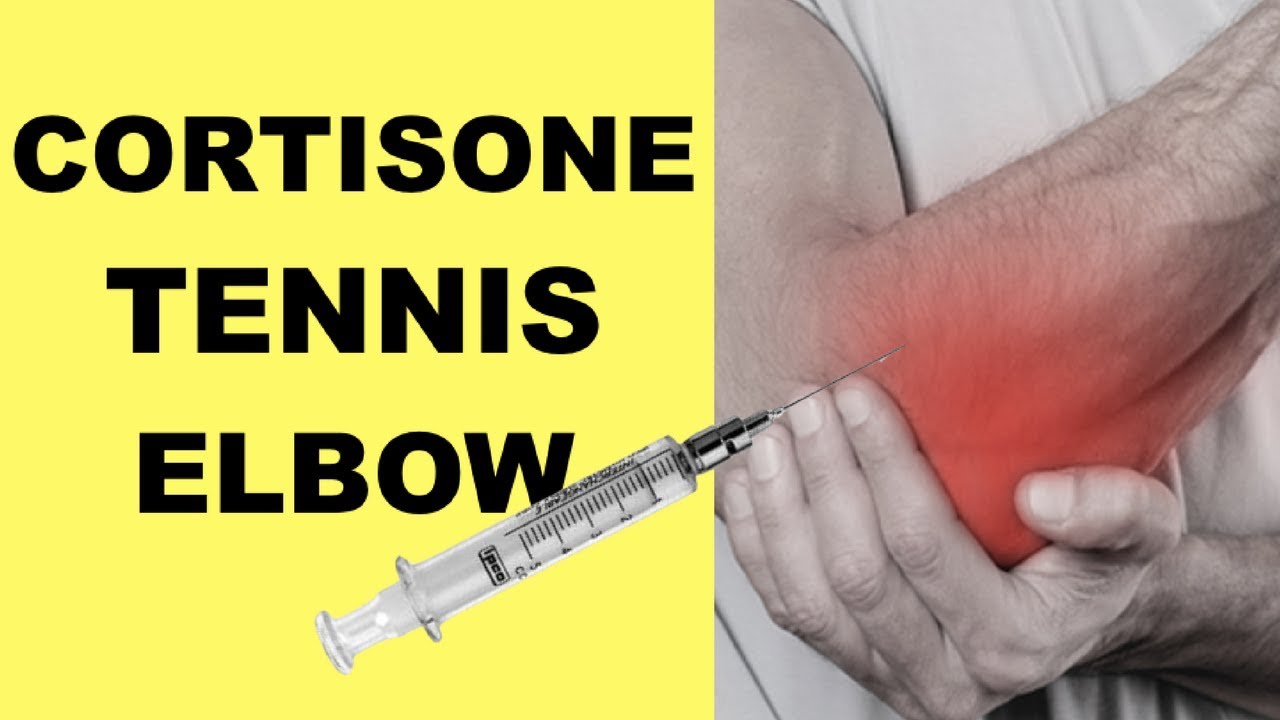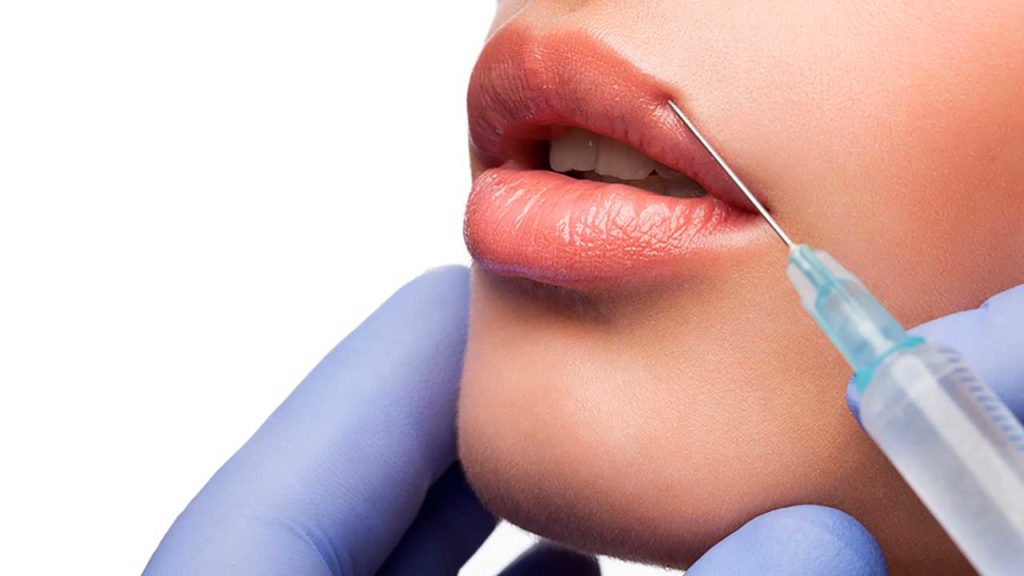Tennis Elbow Injections: What Are Your Options for Pain Relief?

Strong 8k brings an ultra-HD IPTV experience to your living room and your pocket.
Tennis Elbow Injection, medically known as lateral epicondylitis, is a painful condition that occurs when tendons in the elbow are overloaded, often due to repetitive motions of the wrist and arm. Despite its name, it doesn't only affect tennis players—anyone who engages in repetitive arm and wrist movements, such as painters, carpenters, mechanics, and even office workers, can develop this condition.
While rest, physical therapy, and anti-inflammatory medications can often alleviate symptoms, some cases become chronic and resist conservative treatment. For these persistent cases, injections can be a valuable tool for pain relief and healing.
The most common Tennis Elbow Injection options for tennis elbow, how they work, their benefits and risks, and how to determine which treatment might be best for you.
Understanding Tennis Elbow Injection
Tennis Elbow Injections are caused by small tears in the extensor carpi radialis brevis (ECRB) tendon, which connects the forearm muscles to the lateral epicondyle of the elbow. These tears lead to pain and inflammation, especially when performing gripping or lifting tasks.
Symptoms may include:
• Pain and tenderness on the outside of the elbow
• Weak grip strength
• Pain that worsens with wrist extension or lifting
• Morning stiffness in the elbow
Initial treatments usually include rest, ice, NSAIDs, and physical therapy. When these methods fail to provide adequate relief after several months, injections may be considered.
1. Corticosteroid Injections
What it is:
Corticosteroids are powerful anti-inflammatory drugs. In Tennis Elbow Injection, a corticosteroid is injected directly into the painful area around the tendon.
How it works:
The injection reduces local inflammation, which can relieve pain quickly and allow greater mobility. Relief can occur within a few days.
Pros:
Rapid pain relief
Minimally invasive
Easily accessible in most medical practices
Cons:
Relief may be temporary (usually weeks to a few months)
Repeated injections can weaken tendons and surrounding tissues
Not a cure—addresses inflammation, not the root cause of tendon degeneration
Best for:
Short-term pain management in acute or subacute cases. Not typically recommended for long-term or recurrent cases.
2. Platelet-Rich Plasma (PRP) Injections
What it is:
PRP therapy involves drawing a small amount of your blood, spinning it in a centrifuge to concentrate the platelets, and injecting the platelet-rich portion into the injured tendon.
How it works:
Platelets contain growth factors that promote healing and tissue regeneration. PRP targets the underlying degenerative changes in the tendon rather than just masking pain.
Pros:
Encourages natural healing
Low risk of allergic reaction (your own blood is used)
May offer long-term relief
Cons:
Takes time to work—relief may not occur for several weeks or months
Can be expensive (often not covered by insurance)
Requires a trained provider and sterile conditions
Best for:
Chronic tennis elbow (lasting 6 months or more), especially when other treatments have failed.
3. Botox (Botulinum Toxin) Injections
What it is:
Botox, known for its cosmetic applications, can also be used medically to treat muscle overactivity. It’s injected into the forearm muscles to temporarily weaken them.
How it works:
By reducing muscle contraction, Botox reduces tension on the injured tendon, giving it time to heal. It may also interrupt pain signaling to the brain.
Pros:
Provides pain relief and functional improvement
May be effective where steroids and PRP fail
FDA-approved for other muscular disorders
Cons:
Muscle weakness may interfere with daily activities
Temporary effects (typically 3–4 months)
Not a first-line treatment for most patients
Best for:
Patients with chronic pain who are unresponsive to other injections and can tolerate temporary muscle weakness.
4. Prolotherapy
What it is:
Prolotherapy (short for “proliferative therapy”) involves injecting an irritant solution, usually a dextrose (sugar) solution, into the affected tendon.
How it works:
The irritant stimulates a mild inflammatory response, which promotes healing and strengthens the tendon over time.
Pros:
Encourages natural tissue repair
Minimally invasive
May be used with other therapies
Cons:
Evidence of effectiveness is mixed
Requires multiple sessions
Post-injection soreness is common
Best for:
Patients looking for alternative or complementary therapies for chronic pain who prefer a regenerative approach.
5. Hyaluronic Acid Injections (Less Common)
What it is:
While commonly used for joint issues like knee osteoarthritis, hyaluronic acid injections have also been explored for soft tissue injuries like tennis elbow.
How it works:
The injection may help lubricate the area and reduce inflammation, although the exact mechanism is not well understood in tendon injuries.
Pros:
Low risk of adverse effects
Non-steroidal alternative
Cons:
Limited evidence in tennis elbow
Often not covered by insurance
Best for:
Patients who are not candidates for steroids or PRP and are exploring every option.
Choosing the Right Injection for You
Deciding which injection is right for your tennis elbow depends on multiple factors:
• Severity and duration of symptoms
• Previous treatments and their outcomes
• Cost and insurance coverage
• Overall health and any existing medical conditions
• Preference for natural vs. pharmacological therapies
Here’s a quick comparison table:
Final Thoughts
Tennis Elbow Injection can be frustrating, especially when it becomes a long-term problem. While rest and rehab are essential, injections offer targeted pain relief and, in some cases, a pathway to healing. Each injection type has its own set of benefits and drawbacks, and the right option often depends on individual needs and preferences.
Before undergoing any injection, it's crucial to consult with a qualified healthcare provider—ideally an orthopedic specialist or sports medicine physician. They can evaluate the severity of your condition, review your medical history, and guide you toward the most effective treatment plan.
Note: IndiBlogHub features both user-submitted and editorial content. We do not verify third-party contributions. Read our Disclaimer and Privacy Policyfor details.







